Face-I D Technology, The Only Beginning
May 04, 2019 • 22 views
The more we become familiar with how we work, pay for, play and access service, the more we demand secure authentications. Nowadays, for most consumers, technology doesn’t seem alien anymore. Thanks to the giant tech, Apple, who implemented its first ever Face-ID technology in the iPhone X series. Biometric Facial Recognition is gaining a powerful answer to the authentication challenge globally. Face-ID that uses your face measure as authentication and unlocks the phone.
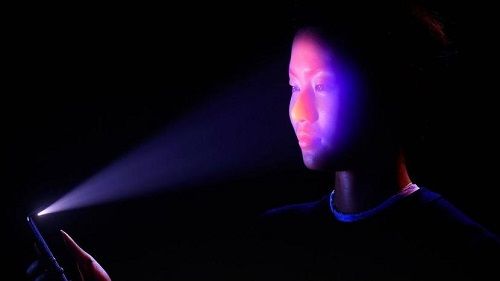
OVERVIEW
Every human has its unique fingertips, voice, retina and facial points, which can be used as authentication for a more secure way. Any operating biometrics system lies between two basic principles: Identifying and Authenticating. Facial recognition uses relevant facial points and compares it to the stored digital image. The aim behind this is to compare and replace real-time pictures using facial features. Moreover, the facial features depend on factors like lights, the expression, movement and distance from the camera.
With the launch and success of iPhone X, facial recognition has paved its way by making it mainstream. As Apple says, “Your face is your secure password,” as it’s the simplest and easiest way to authenticate your device.
IT’S IMPACT
However, Apple might have been the reason to make this technology so effortlessly available touse on a higher level in every sector. It has an undeniable grasp in comparison with fingerprints, IRIS sensors and voice recognition. As claimed, there is 1 in 50,000 chance of duplicate identity with fingerprints, but 1 in 1,00,000 to duplicate the facial features.
FINANCIAL SECTOR
From digital payments to opening a bank account with a smile on a face is no longer a dream after a highly accepted approach by the major banks. Also, banking is a major contributor to the adoption strategies of the biometric industry.
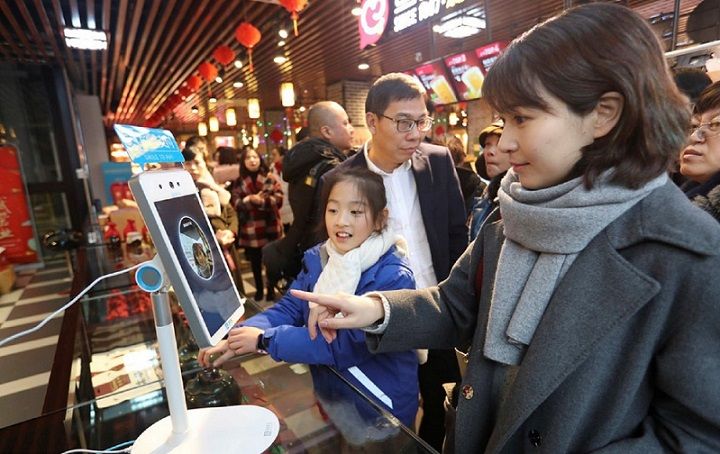
EDUCATIONAL SECTOR
When it comes to development with the latest technology, schools and colleges are no longer behind. Every passing day, the educational sector is adopting new technology to personalize students’ identities, health records, and interest levels. It is also taking up by the notch to develop an idea of the engagement level of astudent in various subjects.
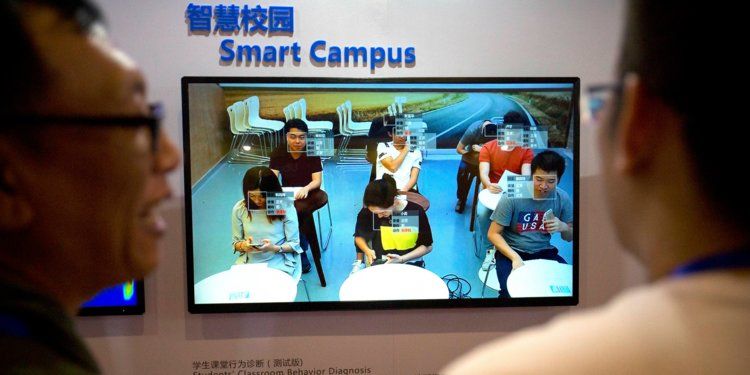
HEALTH SECTOR
Healthcare professionals spend a lot of energy and money behind patient records, insurance, and retrieval. To save this valuable time on people in an emergency, there comes the face recognition. Patient health records are sensitive and to keep in check is a crucial task.
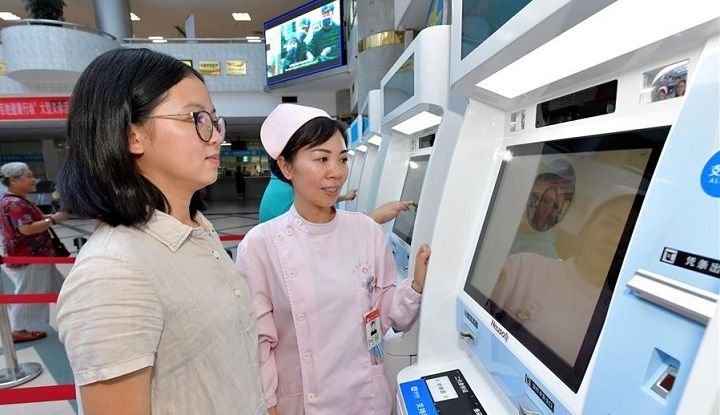
HOW IS IT DIFFERENT FROM OTHER BIOMETRICS?
Furtherbiometric identification iscategorized intophysiological identification and behavioural identification.
Every human possesses different physiological attributes like DNA, retina, ear measurements and fingerprints.
Behavioural Identification, when a person is performing a task, doing signature, voice recognize which emphasizes an individual’s behavioural aspect.
Another most efficient biometric authentication involves retinal recognition or Retina Scanning, which uses an individual’s blood vessel patterns of eyes as an identification. Despite the higher rate of reliable retinal recognition, facial recognition is taking over because it does not require a close encounter with the device.
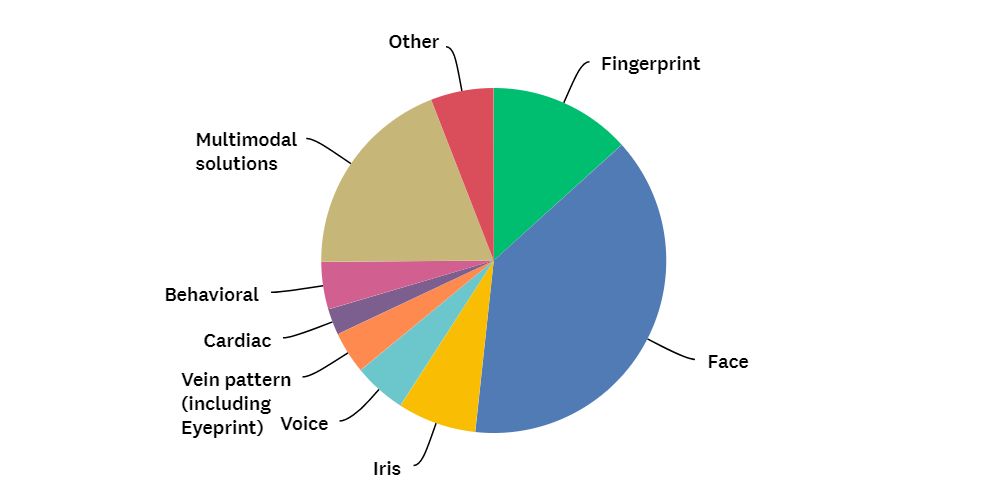
CONCLUSION
This technology is still in the early stages of immense updates and improvements over the coming years. Face ID is doing brilliant, with its innovative and ground-breaking discoveries and left its competition in the dust. The future of facial recognition regarding funding and public interest looks bright with lucrative opportunities.

